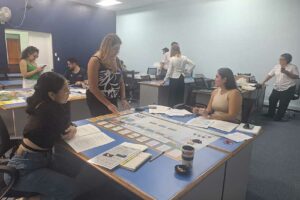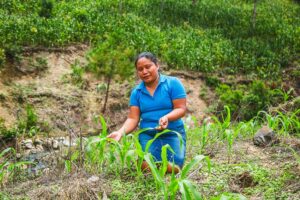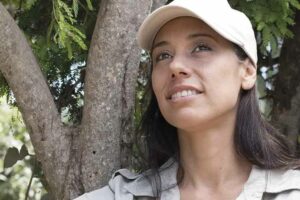CATIE Generates Strategic Information to Ensure Conservation of Biological Diversity in Guatemala's Volcanic Chain
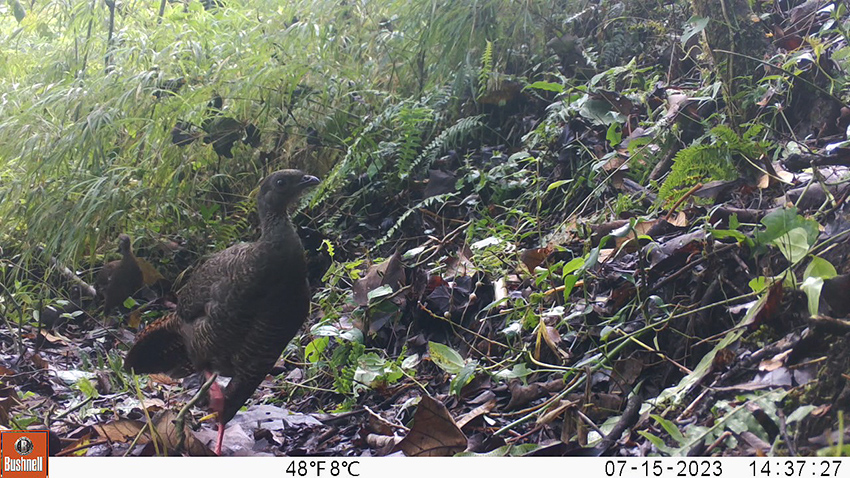
- Through landscape-level biological monitoring, decision-making and joint management for sustainable development can be improved.
In an effort to conserve biological diversity in Guatemala's volcanic chain, the Tropical Agricultural Research and Higher Education Center (CATIE) is implementing an advanced biological monitoring system. This project, known as CATIE-Volcanoes, is part of the initiative “Landscape Connectivity and Livelihoods in Four Municipalities of Region Three,” a collaboration between the Center, the United Nations Development Programme (UNDP), and the Ministry of Environment and Natural Resources (MARN).
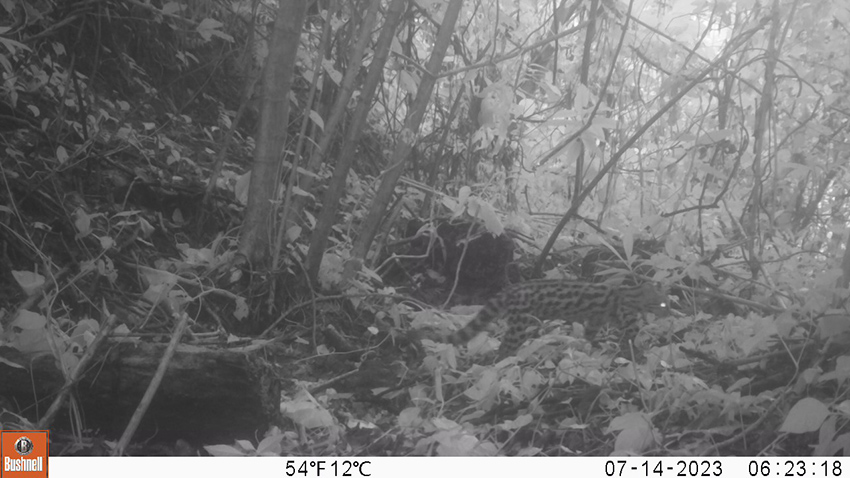
The implementation of the monitoring system involves the installation of 14 camera traps and audiomoths over an area of 500 km², which has allowed the collection of vital information on the population dynamics of birds and mammals. This information is crucial for the conservation of critical areas with ecosystem relevance and the sustainable development of the region. The project has generated data on species for which there were no scientific records in more than 30 years, such as the emblematic quetzalPharomachrus mocinno) and the puma (Puma concolor), among others.
Jacobo Cotto, the project coordinator from CATIE, indicated that since the deployment of the cameras and audio equipment, over a period of 7 months, information has been collected for subsequent analysis.
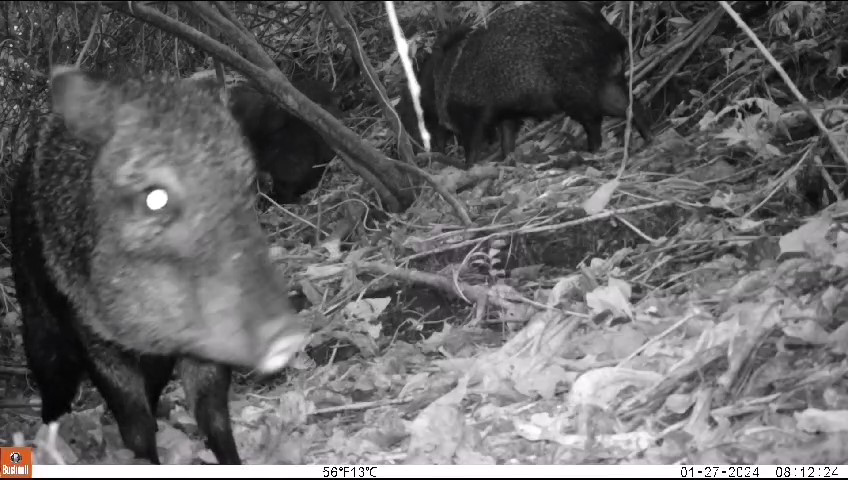
Additionally, the initiative has strengthened local technical capacities, as in the case of the Environmental Management Unit (UGAM) in San Andrés Itzapa, and has fostered cooperation between municipal and national authorities for the sustainable management of natural resources. Actions include the exchange of information and joint planning of conservation actions in various localities, highlighting the importance of territorial co-management.
Beyond the collection of biological data, the project has led to the creation of strategic alliances to expand the scope of monitoring and generate even more relevant information for conservation. This includes observations of rare but important species for wildlife, such as the margay (Leopardus wiedii) and the cacomistle (Bassariscus astutus), evidencing the close relationship between species and the functions of trees in ecosystems.
José Soto, a scientific expert and professor at New College of Florida, in partnership with CATIE, has designed the protocol for biological monitoring. Soto noted that the monitoring is expected to provide information of interest to the scientific community and decision-makers in Guatemala, facilitating management and human coexistence.
This project marks a milestone in environmental conservation in Guatemala, demonstrating how technology and collaboration can play a fundamental role in the protection of biodiversity and sustainable development. CATIE, along with its partners, continues to work to ensure that these initiatives not only benefit biodiversity conservation but also local communities, promoting a balance between human coexistence and nature.
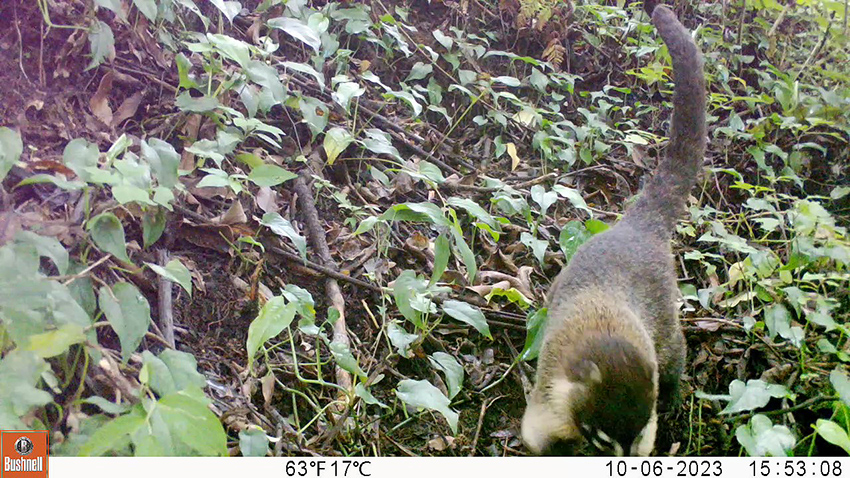
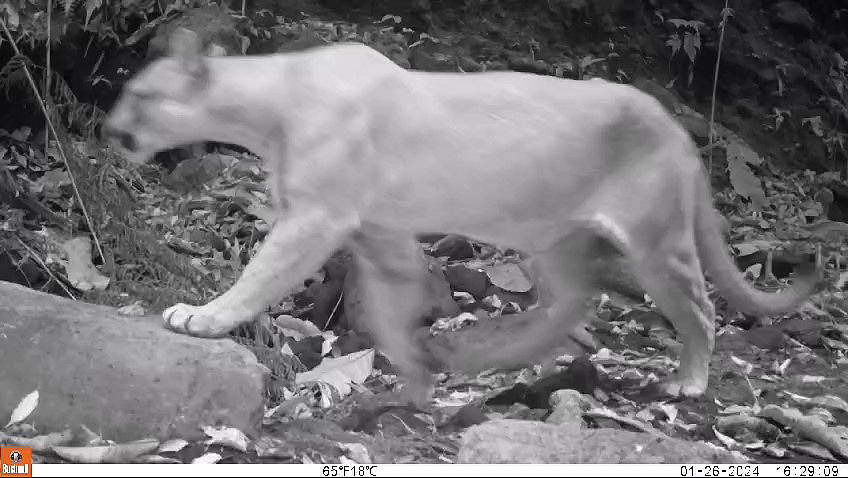
More information:
Jacobo Cotto
Project Coordinator CATIE Volcanoes
CATIE Guatemala
jacobo.cotto@catie.ac.cr
Julio López Payés
CATIE representative in Guatemala
jlopez@catie.ac.cr
Written by:
Karla Salazar Leiva
Communicator
Communications and Marketing Office
CATIE
karla.salazar@catie.ac.cr

